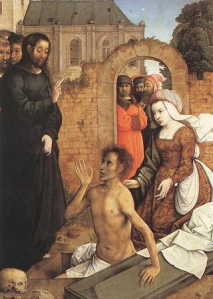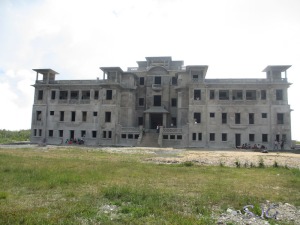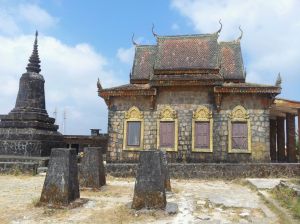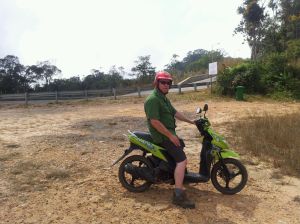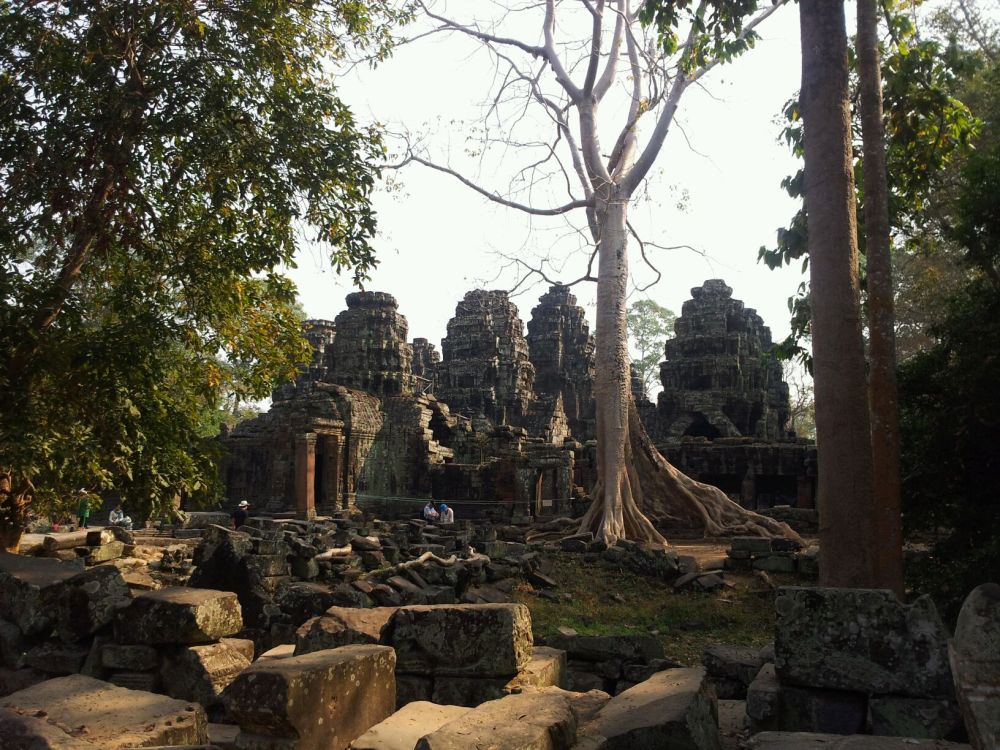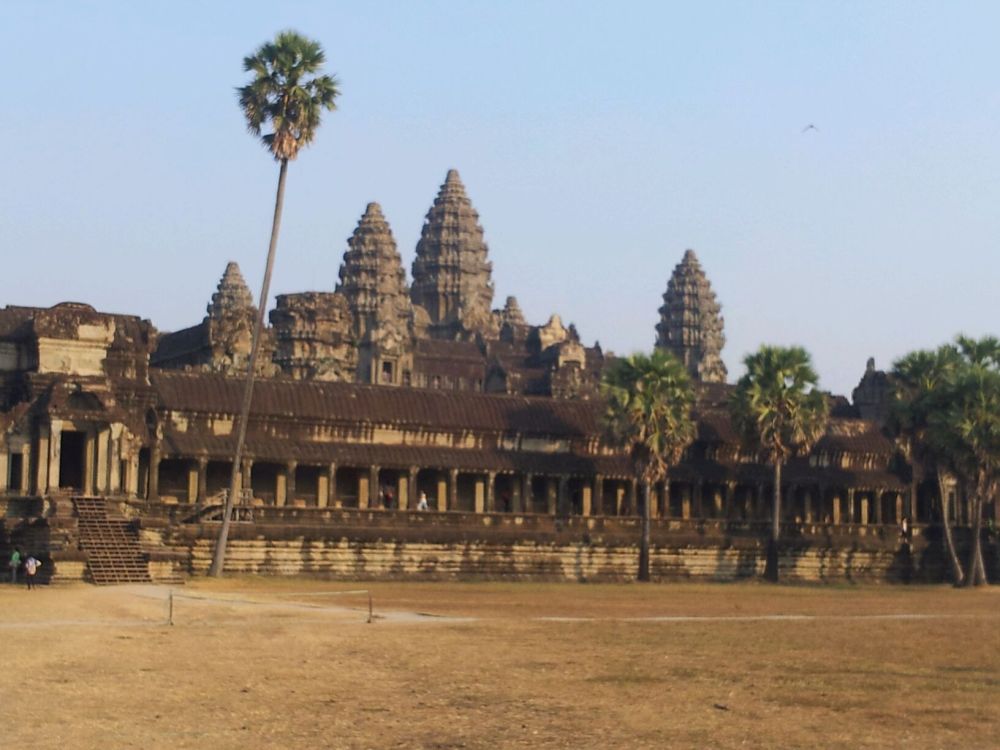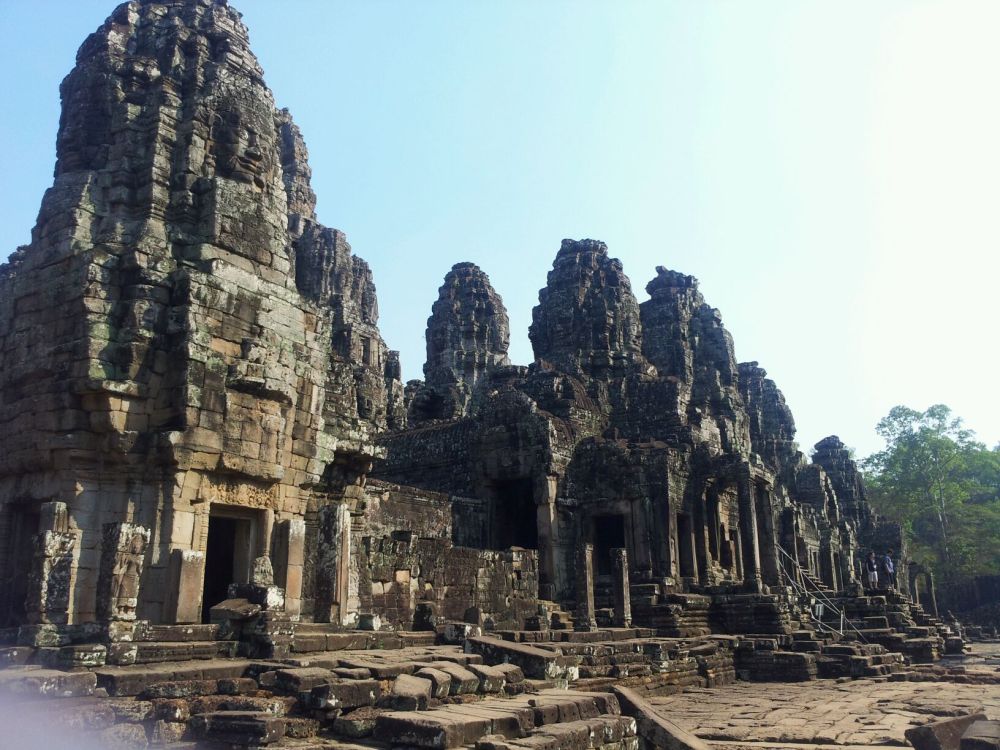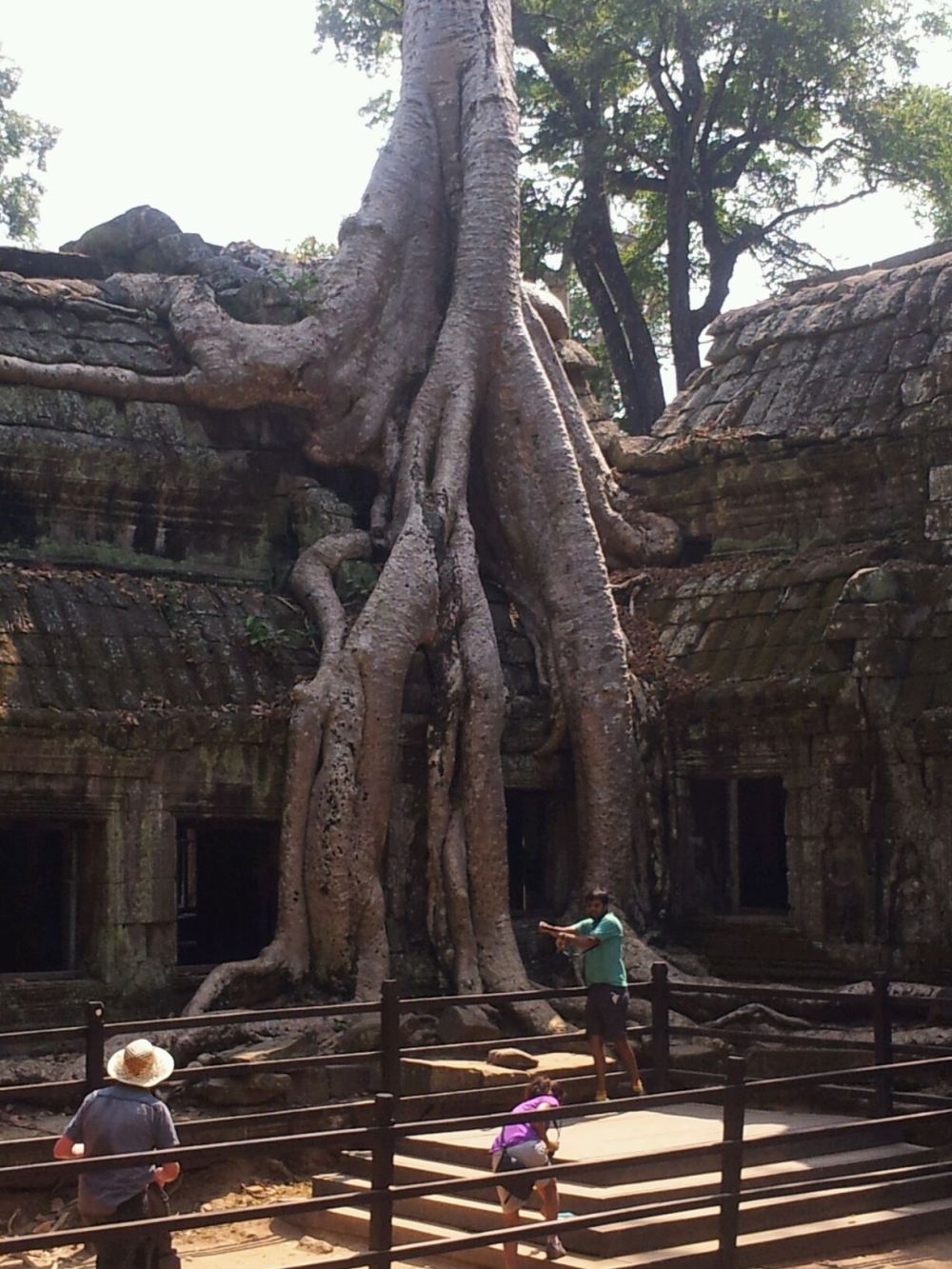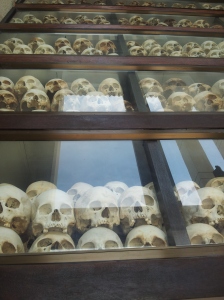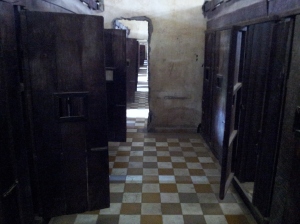From barong to polo
I have good news for fashion mavens.
Cliff will be pleased to hear that polo shirts are smart men’s businesswear in the Philippines. Such is the climate, however, that many of these shirts are hitched up to the base of the sternum, exposing the wearer’s almost always rotund belly to cool draughts. This pot bellied look seems all the rage, an unfortunate effect, I propose, of the frightful Pinoy diet, which consists of the two major food groups meat and sugar. I wager it’s the patriotic duty of every Philippino to consume as much of the latter on all possible occasions ; all processed foodstuffs are liberally sweetened (the peanut butter gains most of its crunch from the large grits of sugar it contains); a natural product, such as water, simply not palatable until a mountain of this uncomplex carbohydrate is added. Up north the ulta-refined Manila white crystals give way to a dark brown sticky sugar, like demerara with added molasses. This is supposedly a more nutritious form, yet it too is consumed in such quantities that I can see, not far off, a diabetes type II epidemic approaching this land.
I feel not qualified to comment on the national dish Halo halo- having put off sampling it until I visit, on my last day, the world’s greatest Halo halo shop – but I can speak with authority on halo halo’s little brother, Mais con hielo. This dish I consumed in the heat of the day outside the church in Paoay. If I had realised at the time of ordering that mais was the Tagalog transliteration of maize, I may been more cautious in ordering this tub of shreaded ice topped with sugar, evaporated milk, and a few tablespoons of creamed sweetcorn. I have to say that the sweetcorn did make a certain amount of sense in this melange, and the whole was delightfully refreshing. I look forward with anticipation to my climactic Halo halo experience. Few foods sound as enticing to my ears as yam icecream.
We flew up north to the Ilocos region, basing ourselves in Laoag, a town with little to recommend it save a leaning bell tower (a la Pisa) and a fleet of miniature goats by the riverside. It also has a charmless cenotaph erected by the townspeople in 1882 to celebrate the ending of the colonial administration’s tobacco monopoly. It is called the Tobacco Monopoly Monument and receives an average Trip Advisor score ; my favoured review (which is very hard to disagree with) complains that the monument is ‘just a pile of bricks’.
For a province at the centre of Philippine tobacco production, it is surprisingly difficult to secure cigars. I had sampled some from this region down in Manila and found the panatellas to be of a quality well worth the three dollars I paid for them. After several questions of Laoag locals, I am directed to the city covered market and led through the subterranean stalls. Far from being assailed by the welcoming aroma of dried tobacco leaves, my nose is assaulted by the garlicky stench of longganisa, the same local sausage the bride left overnight on the table in the pensione, to the nasal discomfort of all. She will not be invited back. My guide leaves me at the stall of a jolly senior citizen, who produces for me a plastic bag containing what must be 200 of he shoddiest-rolled cigars I have ever seen. They smell all right, if a little spongey to the touch, so I buy a brace at eight cents each, fully aware that they will not be allowed into my country of residence.
Ilocos is Marcos territory. The tribal propensity of humans means that the former president/dictator Ferdinand is revered by many, his daughter is ensconced as governor of Ilocos norte (provincial emblem : a hipster moustache), his son Bongbong a former mayor of Laoag and likely presidential candidate next year, his wife, the famed Imelda, still active in politics. On a side trip we visit the Marcos’ summer house, plonked on the shores of a fake lake on which Marcos indulged his love of watersports. A few of Imelda’s dresses are there, as well as a few sets of creepy dolls that may or may not be likenesses of the former first lady, and the presidential library which consists of a disturbing number of James Clavell first editions and similar airport fiction. The most intriguing room belongs (belonged?) to Bongbong. It displays some of his early artwork (still life with jar) and an odd depiction of him as a Christian knight seated on a rearing horse, Holy book in hand.
The Marcos museum, 20 minutes away, is a shrine to Ferdinand. The exhibits -including yet more dresses and a replica pair of silk slippers Imelda wore on their fated/feted first meeting- are accompanied by hagiographic texts. We learn of Ferdinand’s humble beginnings, his outstanding defence in a famous court case, his brilliant career as House leader, and the fairytale eleven day romance of the future presidential couple. The museum’s narrative abruptly ends, as so much in life does, with marriage ; that is, before Marcos became president, before the unlawful detentions, the disappearances, the extravagant trips to Switzerland, martial law, the shoes, and the death in Hawaiian exile. I wonder if the new improved marcos museum being constructed next door behind hoardings congratulating the couple on their fiftieth wedding anniversary this year (no matter that half of the couple is dead) will continue the story.
Next door is Marcos’s breeze block mausoleum. It’s dark and pleasantly cool, empty save a glass display case holding an embalmed figure. Here Marcos lies awaiting resolution of a dispute over whether he should be buried in the cemetery alongside other national heroes. He looks larger in death ; his barong – the traditional dress shirt woven from banana or pineapple leaves- displayed next door seems a few sizes smaller than the corpse’s uniform. Predictably for the fetid Philippine imagination, rumours abound that the body here is not that of Ferdinand, perfectly preserved by supreme Russian embalmers, but some kind of lie-in. I have to say, being a seasoned observor of dictators’ corpses, that Ferdinand looks suspiciously waxy to my eye, more ersatz than echt; less Vincent Price, more Paris Hilton.
